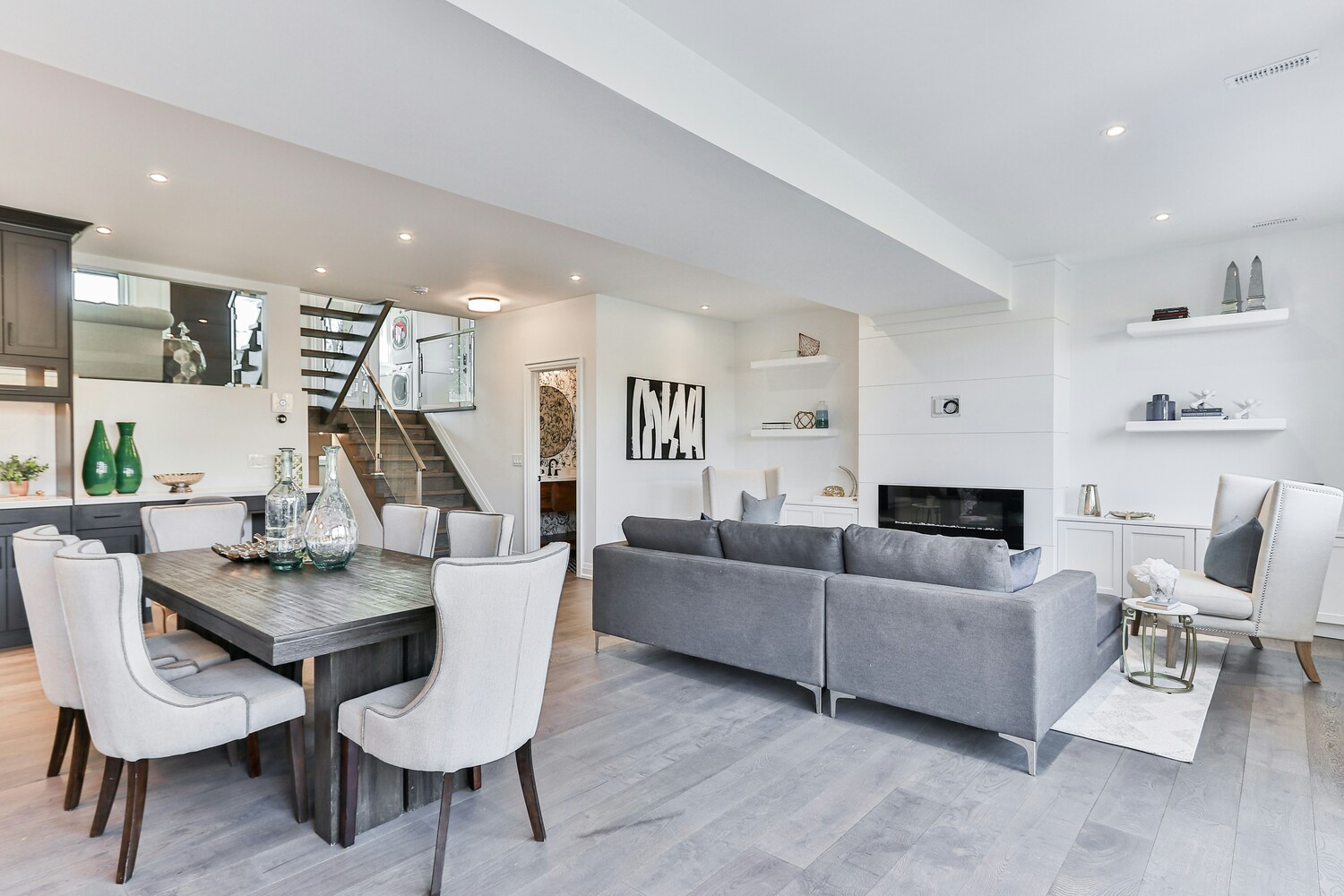Downsizing is often pitched as the golden ticket to stress-free retirement. The logic seems sound: sell the big house, pocket the equity, and move into something smaller, cheaper, and easier to manage. But for many people, the math doesn’t quite work out, and what was supposed to be a smart financial move turns into a trap of unexpected costs, emotional upheaval, and tax surprises.
In reality, the true cost of downsizing can be far greater than you imagined. The savings don’t always materialize, the expenses stack up fast, and in many cases, you’re not even reducing your monthly overhead in a meaningful way. The assumption that “smaller means cheaper” is increasingly false in today’s housing market, and the emotional toll of uprooting your life isn’t easy to price out, either. Before you slap a “For Sale” sign on the lawn, let’s take a closer look at why downsizing could end up costing you more than staying put.
The Housing Market Isn’t What It Used to Be
Once upon a time, moving from a large family home to a smaller condo or townhouse automatically meant saving money. But today’s housing market has flipped that equation in many cities. Smaller homes are in higher demand, especially in desirable neighborhoods with walkability and amenities. As a result, the price per square foot on a “downsized” property is often higher than what you paid for your current home decades ago. Add in bidding wars and investor competition, and you may find yourself paying top dollar for less space, not exactly the money-saving move you were promised.
Closing Costs Can Eat Into Your Profits
Selling a home isn’t free. Between agent commissions, transfer taxes, inspections, staging, and repairs, you could easily spend 6–10% of your sale price just to make the deal happen. Then there are moving expenses, deposits for utilities, and potential overlap in mortgages or rent. If you plan to cash out equity and redirect it into retirement savings, these costs can significantly reduce your margin. In some cases, the profit from downsizing barely offsets the transaction expenses, leaving you no better off and, in some cases, worse.
Property Taxes Might Not Go Down
Many homeowners assume that moving to a smaller home means a smaller property tax bill. But that’s not always the case, especially if you’re moving into a newer property or relocating to an area with higher tax rates. Your long-held home might benefit from tax caps, exemptions, or frozen rates that new buyers don’t get. Once you sell, you may lose that protection and face much higher taxes, even on a “cheaper” home. It’s a classic case of sticker shock that hits long after the move.
HOA Fees and Hidden Maintenance Costs
Many downsizers move into communities with HOA fees that promise maintenance-free living. But those monthly fees can add up quickly, and they don’t always cover as much as you think. Some communities charge extra for things like parking, amenities, or repairs beyond a basic threshold. If your previous home was paid off and relatively low-maintenance, you might end up with a higher monthly cost post-move. Plus, smaller homes often come with less storage, which can mean paying for off-site storage units, remodeling costs, or frequent furniture replacements to “make it work.”
Emotional Stress and Regret
Downsizing isn’t just a financial decision. It’s an emotional one. Letting go of a family home, even when it seems rational, can spark feelings of loss, disruption, and regret. The process of decluttering, selling off sentimental items, and adjusting to a smaller space can take a significant emotional toll, especially if it’s rushed or done under financial pressure. Many retirees report missing the space they once had or feeling disconnected in a new environment. That emotional cost isn’t something you can calculate in a spreadsheet, but it absolutely affects your quality of life.

Rent Isn’t Always a Cheaper Alternative
Some retirees downsize into rental units, thinking it will be easier and cheaper. But rent isn’t equity. It’s a recurring expense with no return. In hot rental markets, monthly costs can rival or exceed mortgage payments, especially for senior-friendly housing with accessibility features. What you save on maintenance might get eaten up by inflation, rising rent prices, or lack of long-term security. Over time, renting can drain your savings faster than anticipated, leaving you vulnerable later in retirement.
Healthcare Access Can Change
You might find a charming, downsized home in a quieter, more affordable area, but what’s the local healthcare situation like? Many retirees discover too late that their new neighborhood has limited specialists, fewer hospitals, or longer wait times. If you move far from your network of doctors or support systems, you may face higher travel costs for medical care or have to switch providers entirely. That’s a hidden cost that few downsizing guides talk about, but it can have huge consequences in retirement.
You May Be Giving Up Low Mortgage Rates
If you purchased your home when rates were historically low—say, in the 3% range—selling it to buy another property at today’s higher rates (5% or more) could backfire. Even if you’re downsizing in size, you could end up with a higher monthly payment because of financing terms. This is especially painful for homeowners who have nearly paid off their mortgage and now find themselves restarting the debt clock with less favorable terms. The idea of downsizing to “save” becomes much less appealing when your mortgage nearly doubles.
Lifestyle Inflation After the Move
Many retirees plan to use the “extra” money from a home sale to travel, splurge, or finally enjoy retirement. That’s fair, but it can also lead to unexpected lifestyle inflation. A few big trips, a new car, or upgrades to the new home can drain your savings faster than anticipated. Once that equity is gone, it’s gone. Downsizing doesn’t work if the proceeds are spent without a long-term plan. Staying put might not be flashy, but it can act as a financial anchor that keeps you grounded and protected.
The Myth of One Last Move
People often say, “This is the last house I’ll ever live in.” But life rarely goes according to plan. Health issues, family needs, or financial shifts can force you to move again. If you downsized prematurely and drained your resources in the process, you may not have the cushion to afford another transition. Ironically, some who downsize in their 60s or early 70s find themselves moving again later, and that second move is even more draining. Sometimes, staying put is actually the simpler, more stable option long-term.
Sometimes, the Best Move Is No Move at All
Downsizing isn’t automatically bad, but it’s also not the miracle financial fix it’s often portrayed to be. In many cases, staying in your current home, especially if it’s paid off or close to it, offers more financial predictability, emotional comfort, and long-term security. The key is looking beyond the real estate headlines and doing the math for your actual life.
Have you considered downsizing, or have you already done it? What was the biggest surprise in the process?
Read More:
Top 8 Homes You Should Definitely Consider When Downsizing For Retirement
The Dangerous Lie About Downsizing That’s Burning Retirees
Riley is an Arizona native with over nine years of writing experience. From personal finance to travel to digital marketing to pop culture, she’s written about everything under the sun. When she’s not writing, she’s spending her time outside, reading, or cuddling with her two corgis.
Read the full article here
















